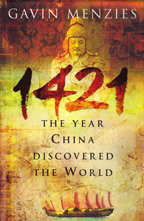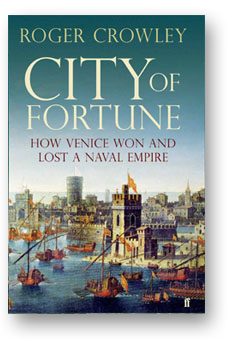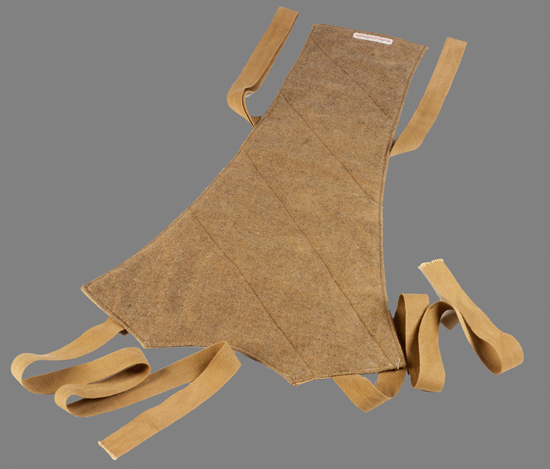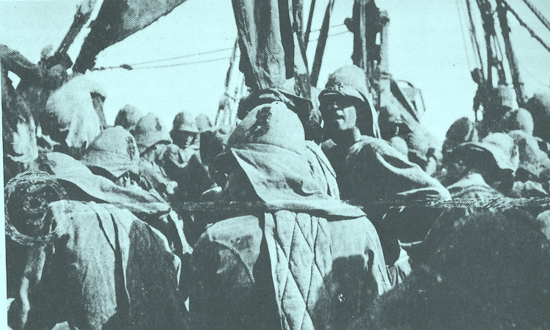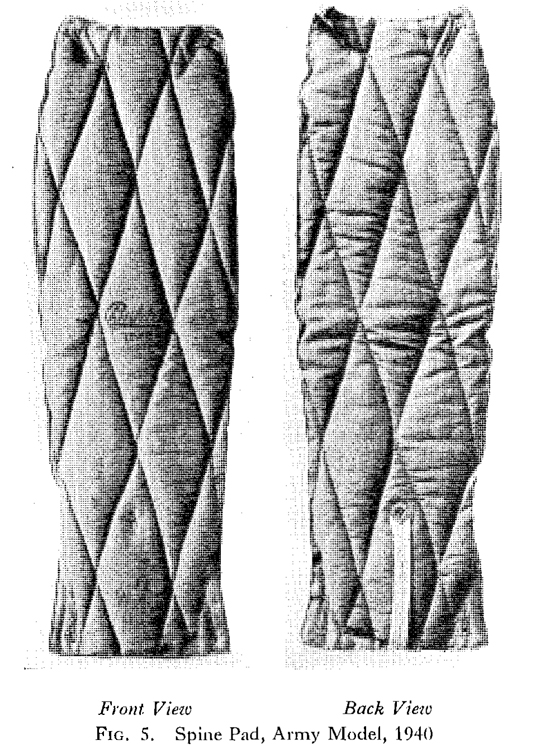Behind the well known facade, a marvellous interior
a blog about an architectural study of the house
Two years ago, we visited an apartment in Balfron Tower, a famous block of council flats designed by Erno Goldfinger. The National Trust had arranged for the flat to be done up and opened to the public for a brief period before the entire building was closed for refurbishment.
Goldfinger at Balfron Towers
I had seen Goldfinger’s work from the outside but never been in before, and it was an eye opener. Designed and built in the 1960s, the flat was spacious by today’s standards, and well laid out. Here are some pictures from the
Guardian. Subsequently I also visited another Goldfinger building,
Haggerston School, the only school he designed, and nowadays used regularly for sales of mid century modern furniture, in case you’re interested (
http://modernshows.com).
Last weekend we finally got round to visiting No 2, Willow Road in Hampstead, the house that Goldfinger designed for his family, where he lived until his death in 1987. His wife continued to live in the house, but after she died, it was taken over by the National Trust in 1993.
Born in Hungary, Goldfinger studied architecture in Paris at the Beaux Arts, where he chose as his mentor the early modern architect Auguste Perret. In Paris, he met Ursula Blackwell who was an art student at the time, and later they were married. She was a woman of some means, being from one of the families that ran the Crosse and Blackwell tinned food empire, and so the couple were essentially freed from financial worries.
They moved back to England in the 1930s, and Goldfinger decided to build a house in Hampstead, which in those days was the haunt of left-wing intellectuals and famous modern artists.
If you want to visit 2 Willow Road, you either get shown round on one of their hourly guided visits, or you can go on a self-guided tour later in the day. We chose the former, as we had not been before, and I would recommend this option to anyone visiting for the first time. Much of what follows consists of things I learnt on this visit, plus a bit of peripheral reading afterwards. Photography, by the way is forbidden because many of the items in the house are still under copyright (something to bear in mind if you are thinking of bringing your big SLR). None of the pictures here were taken by me.
Goldfinger was a thorough, hardcore modernist, and he wanted a modern house. There were a few cottages on the site he purchased, and these had to be demolished. The other large houses on Willow Road were Victorian villas, on whose quality I will not comment as I don’t want to cause offence. There was a lot of objection from the locals, as you might imagine. The planners insisted that the Willow Road house had to fit in with the Georgian houses in the adjacent Downshire Hill, although there were no such houses on Willow Road.
At 1-3 Willow Road, a he built a 3-storey house, which was completed in 1939. The Goldfingers lived in no 2. Nos 1 and 3 on either side were to be rented out, a condition imposed by Ursula’s Blackwell family trustees who provided the funds. The building itself is a modern version of a classical Georgian building. The façade is rigorously geometrical, with a grand first floor (or piano nobile), and an attic storey with seven square windows.
From
where there are more pictures of models of the house
One of Goldfinger’s design principles was that the building materials and the structure of a building should be made visible and not concealed. Hence, the concrete used in the columns on the ground floor is not concealed, but exposed.
We were told that he wanted to reveal the concrete used in the walls of the façade but was compelled by the authorities to cover it in brick, which is what you see today. I have been trying to imagine what the house would be like if the façade had been raw concrete, and whether or not I would have preferred it, but I haven’t been able to figure that out.
The exterior of the house is reasonably well known, but it was the interior that was the real surprise and delight. The entrance hall is small, with a ceiling which the architect lowered so as to allow for a higher ceiling on the first floor, which was the principal living area. On entering, you see an elegant cantilevered spiral staircase within a concrete cylinder.
The concrete cylinders (there is one in each of the three adjoining dwellings) are key structural elements holding up the house. The use of concrete construction means that the internal walls are partitions only, with no load bearing function, so this results in great flexibility in the internal layout.
Illustration from
where you can also see the plans of the house
The house has been left more or less the way it was when Ursula Goldfinger died, and arranged so as to give the visitor the impression that the Goldfingers have just popped out of the building. There are shelves containing their books, some of their toiletries in the bathroom cabinets, tins of food, and even an actual Christmas pudding in the kitchen dating from the time they were there.
The interior is bright and spacious. The structural elements, like the columns and load-bearing beams, are all painted grey, so that you get a feel for how the house is built, and what holds it up. A brilliant idea, I thought. As we were shown around, we could see how the rooms had been laid out in a clear and sensible way. Because the walls were not load-bearing, the partitions between many of the spaces could be opened out to create larger rooms when needed, for example when entertaining.
Goldfinger thought corridors were a waste of space and a sign of bad design, and in the house there was only one short corridor, which he was obliged to install to give the children’s nanny access to the staircase from her bedroom. Everywhere else, the plan made corridors unnecessary.
The Goldfingers were collectors of art, as well as being good friends with many of the famous artists of the time, and there is lots of evidence of that around the place. The furniture is a delight as well. A lot of the furniture and the light fittings were designed by Erno, often made with industrial materials, like the steel beams used to support tables and consoles.
There were also items of furniture designed by his daughter Elizabeth who was a furniture designer herself. Many of Liz Goldfinger’s items were what she called “postable”: furniture made from flat pieces of wood that could be assembled and slotted together (without any need for the screws and Allen keys that we use for flat pack furniture today).
While utterly modern, there were some aspects of the house which showed how things have changed since then. By today’s standards, the bathrooms looked a bit austere, certainly for a house on that scale. However it is striking that the amenities in the Willow Road bathrooms were similar to those in the Balfron Tower council flat we visited, and the guest bathroom rather smaller than the one at Balfron (shown
here).
The house was originally built with quarters for live-in servants in the basement, as would have been the norm for the well-to-do at the time, but after the Second World War, things had changed, and people no longer had servants. We were shown the first floor kitchen where Ursula did her cooking, and is said to have produced marvellous meals for the many guests they entertained. It is tiny by today’s standards. The original plan had been for the staff to do the cooking in the basement, and send the food up via the dumb waiter to the little first floor kitchen. However I thought it interesting that this little kitchen was not enlarged when it became the main kitchen. It was in fact much smaller than the kitchen in the council flat at Balfron Tower (shown
here).
On the other hand, the house included a large and spacious studio for Ursula, even though by all accounts she never did any painting after they moved in to Willow Road. It would appear that Erno later took over the studio for himself, though.
The house also demonstrated how the early modernists faced problems because of the technology available to them at the time. The windows were specially designed to maximise the light, and there are spectacular views of Hampstead Heath, just across the road.
However, there was no double-glazing in those days. The building is listed so the windows are still single glazed, and must let out a lot of heat. In the master bedroom we were shown how the problem of condensation that afflicted the steel-framed Critall windows had been solved. Goldfinger placed air vents in the window sill which did the trick. The down side was that they could not be closed, and let in such a draught that anything placed on them would be blown away. The room can get very cold indeed.
Our guide told us how earlier in the year he had had to go outside to get warm after showing a group around the house.
During the past 30 or so years, modern architecture has from time to time had a bad press. Some of its failures were the result of poor town planning, with cities built for cars. Others were due to poor maintenance. Many modernist public housing estates were blighted by lack of maintenance, only to be sold off to private developers and restored for sale as designer icons. This is happening right now at Balfron Tower, where the existing residents have a campaign against what they describe, with some justicfication, as social cleansing (
https://twitter.com/BalfronSocial)
Many people today express a preference for “traditional” architecture, by which I suppose they mean anything pre-modernist, and preferably Georgian or Victorian. A visit to 2 Willow Road is an opportunity to see uncompromising modernist architecture and design at its best, and get a feel for how a person of means could, in the latter two-thirds of the 20th century, live in a beautiful house that was utterly of its time, and a match for anything that previous ages had produced.
2 Willow Road
London
NW3 1TH
See National Trust
website for opening hours

